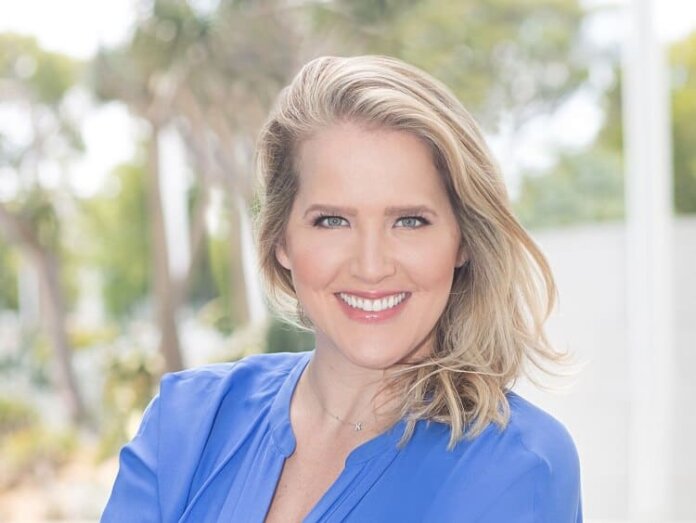PERSON OF THE WEEK: Shannon Buckner-Santos is vice president of national accounts at Informative Research, a mortgage technology and data solutions provider. Specializing in risk management and quality control data-driven solutions, Informative Research provides credit and property valuation products, an array of prequalification, prefunding and post-closing analytic solutions, and portfolio risk management.
MortgageOrb talked to Buckner-Santos about ways lenders can reduce their expenses as the average cost to originate a loan continues to skyrocket. We also discussed new advances in prequalifying loan applicants.
Q: What are some of the biggest challenges lenders face in today’s mortgage market?
Buckner-Santos: The rising cost of originating loans is one of the greatest challenges in the mortgage business today. Because of today’s competitive and highly regulated environment, lenders are extremely cost-conscious and are trying to figure out a better way to capture the consumer and increase efficiencies in processing the loan, from origination to funding.
One of the biggest struggles is learning early on in the process whether borrowers will qualify. Lenders know they need to get more aggressive in attracting purchase borrowers to augment the loss of volume from refinances, but how do they make sure they are not wasting resources on someone who won’t qualify for a loan?
Compliance costs, which have jumped dramatically, are another concern. Regulations now require banks and other lenders to be responsible for the work of their vendors, so lenders are managing multiple vendors during the origination process and then again for underwriting and closing. That adds up. Plus, it’s tough to control costs when you’re working with many different service providers for things like flood certifications, 4506Ts and data security.
And fraud continues to be a concern. FBI statistics and mortgage industry fraud experts estimate that 10% to 15% of all loan applications contain gross misrepresentations.
Q: The cost of producing a typical mortgage loan has almost doubled since 2008, according to the Mortgage Bankers Association. What can lenders do to reduce their production costs and control spending?
Buckner-Santos: The simple answer is the mortgage industry needs to rethink the way they approach the loan origination process. Many different things add to production costs, but let’s just look at borrower qualifications as an example.
Lenders do a lot of work qualifying borrowers, yet they don’t get paid if the borrower doesn’t qualify. When someone first applies for a loan, the lender almost immediately orders a credit report for $20 or $30. If the applicant is rejected for credit reasons, the lender quite often does not charge the borrower for that, so it’s an out-of-pocket expense. Today, it isn’t unheard of to have 40% of purchase borrower applicants fall out of the loan process at the credit score application stage, so lenders are incurring costs for consumers who don’t have the ability to qualify.
As the loan process continues, additional opportunities for fallout occur for a myriad of reasons. The lender has spent more money and has nothing to show for it. It’s considered a cost of doing business, but it doesn’t have to happen. That’s one of the reasons we developed our SoftQual tool, which enables lenders to analyze a borrower’s credit history by making a “soft” inquiry to pre-qualify the borrower. These inquiries do not impact the borrower’s FICO score, and they cost the lender up to 80% less than a full credit report.
Q: Mortgage lenders spend a good deal of money on lead generation and often find that a fair percentage of those leads don’t pan out or turn out to be for borrowers who don’t qualify for a loan. How can lenders address borrowers with thin files, and what can they do to improve the number of borrowers who qualify?
Buckner-Santos: Predictive modeling is one strategy lenders can use to improve the quality of leads. Traditionally, lenders would get a list of consumers that fit the credit criteria they’re looking for, but who may not really be in the market for a loan.
By looking at historic credit profiles and using predictive modeling and propensity scores, it’s possible to predict with surprising accuracy whether someone will take out a particular type of loan within a defined period of time, such as consumers who will be looking for a mortgage within the next 30 to 120 days. That makes a lender’s prospect list and return on marketing investment more valuable. Some lenders, in fact, have seen a 30- to 50-basis-point increase in their response and booking rates after switching to predictive modeling.














